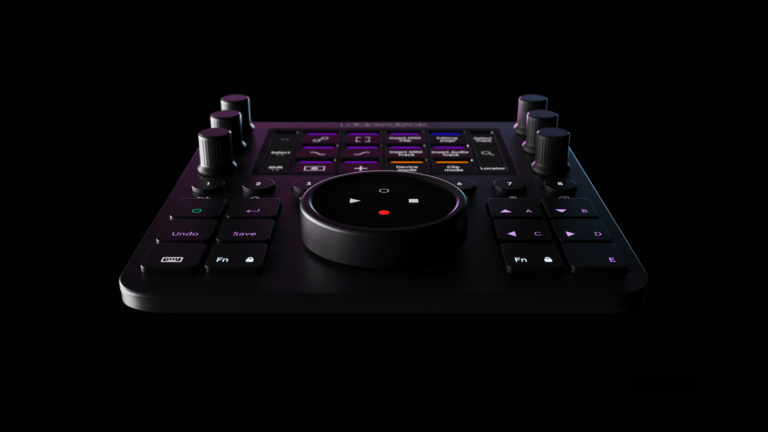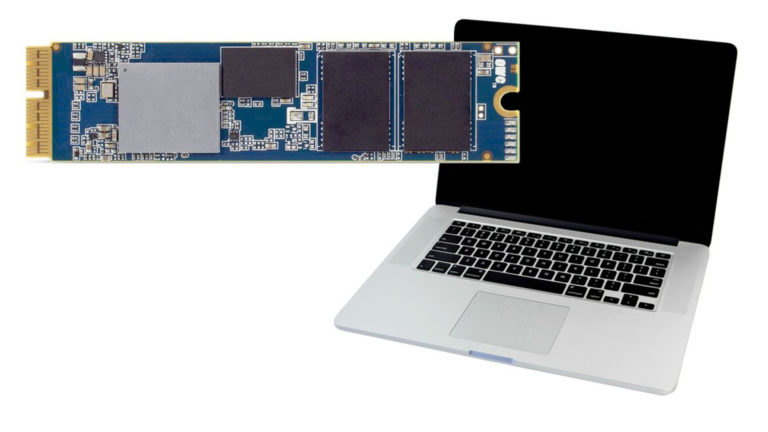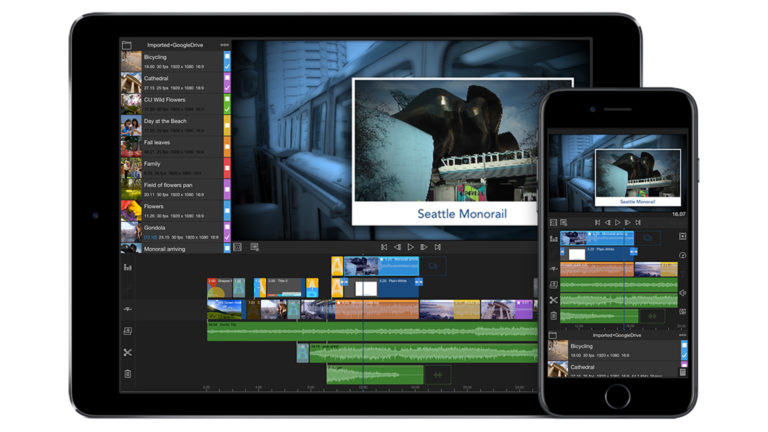An Affordable, Cross-Platform and Reliable SANAND RELIABLE SAN
been looking for a shared-storage solution for more than three years.
What we needed was hard to come by economically-a cross-platform
system, with real-time protection, that was easy to install and
maintain, at a reasonable price point. Then we discovered Terrablock
from Facilis Technology, Inc.
to 20 users and up to two streams of uncompressed 10-bit HD, we landed
a contract to online and color-correct 60 half-hour episodes of a new
Learning Channel show. The post schedule was going to include four
shows per week. We knew we would need to use one of our lower-cost
rooms, in this case, an Avid Adrenaline room, to capture the
uncompressed media. We would then use one of our Avid Symphony rooms
for the finishing work.
between rooms. By analyzing the amount of time it took to shut our
systems down, move patches and restart the systems again, we came up
with a dollar amount in lost operator and room time. A simple
spreadsheet showed us that covering the cost of the Terrablock, with
its improved efficiency, would be a slam-dunk.
handle up to eight users, 3.2 TB of storage and handles video streams
up to compressed HD. The 12D can also handle up to eight users, 4.8 TB
and up to one stream of uncompressed 10-bit HD. The 24D system we
bought fit our in-house storage needs and studio size perfectly.
write access to a volume at any given time. All other users can have
read access if they have permission. This isn’t perfect for all
workflows. If you need multiple users to be able to write to a drive,
you’ll need a file-level system like Avid’s Unity or Apple Xsan. This
wasn’t a problem for our workflow; volume-level control is ideal for
us. Plus, the Terrablock works at a fraction of the cost of Avid Unity
and without the networking complexity that comes with configuring Apple
Xsan.
don’t have that infrastructure, that will be your first step. Hire a
pro to do your wiring, as fibre cable and connectors can be finicky.
The good news for AlphaDogs is that Terrablock can use 4 Gb fibre,
which lets us capture and edit uncompressed 10-bit, 4:4:4 HD on our
Apple Final Cut Pro HD stations.
did at AlphaDogs, and use the Terrablock Manager program to create
users for each station. The program (see illustrations, top left) is
very simple to use. One warning: If you format mounted volumes, which
appear as raw local drives on your computer, for the Mac, you’ll need
MacDrive to use it on your PCs. If you format NTFS, you can read it on
recent versions of OS X but not write to it. We developed workarounds
to get data back and forth between our Mac-based graphics rooms,
Mac-based ProTools rooms and PC-based Avid edit systems.











Leave a Reply